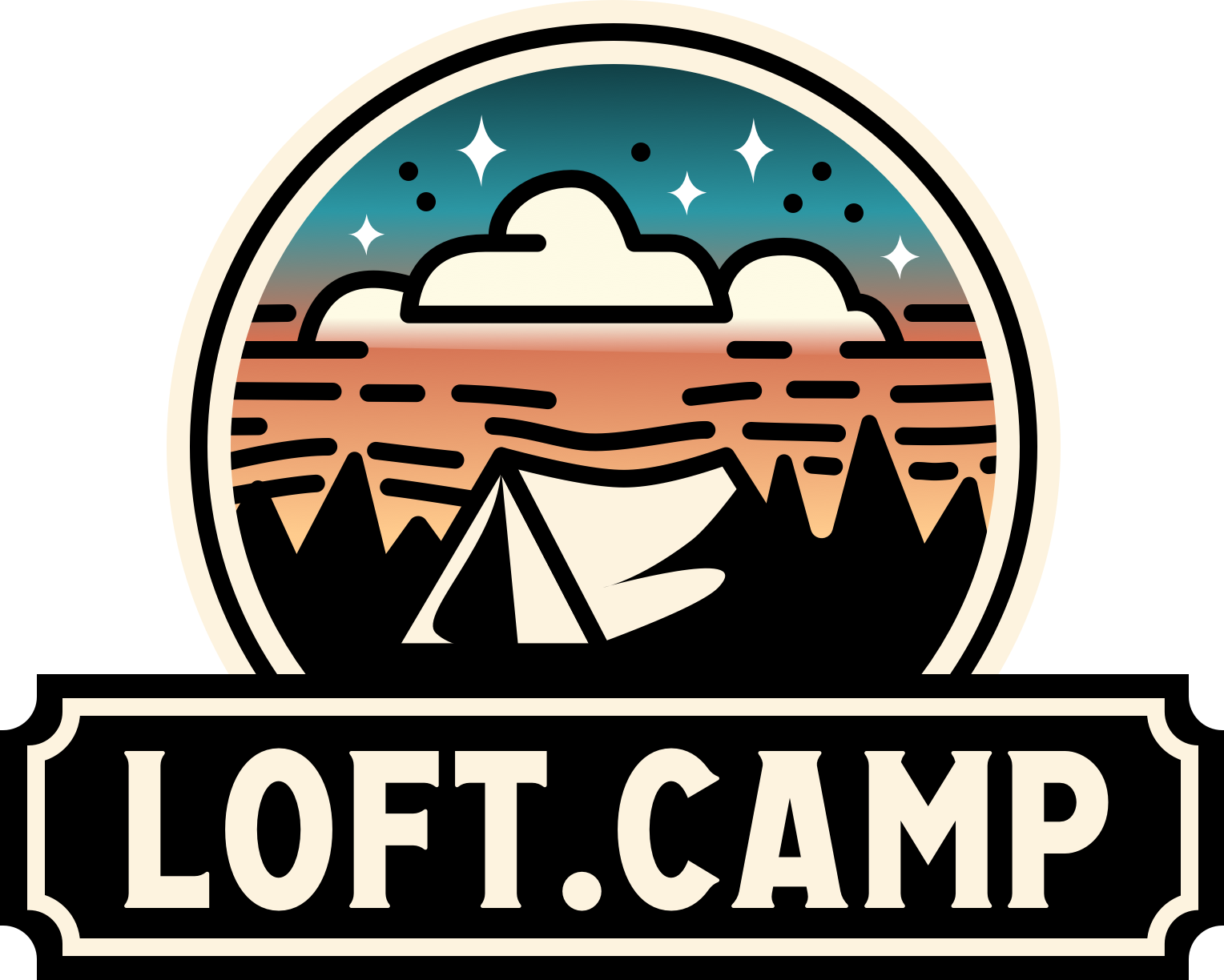Ensuring the safety of your drinking water is a non-negotiable aspect of outdoor adventure planning. Whether you're backpacking, camping, or embarking on a multi-day hike, the need for reliable water purification can be the difference between a successful trip and a potentially dangerous situation. This guide will cover the spectrum of water purification options, from simple and inexpensive methods to more advanced technological solutions, aiding you in choosing the most effective and convenient way to purify water in the wild.
Types of Water Purification Methods
Each water purification method offers distinct benefits and is suited to different scenarios:
Chemical Treatments
Chemical treatments, such as iodine or chlorine dioxide tablets, are lightweight and easy to carry, making them ideal for emergency use or lightweight backpacking. They're effective against bacteria, viruses, and many protozoa but may leave a residual taste and require a waiting period before the water is safe to drink. Prices are typically low, ranging from $10 to $20 for a supply that can treat several gallons of water.
UV Light Purifiers
UV light purifiers neutralize microorganisms through ultraviolet light exposure, offering a quick and effective method without altering the taste of the water. They are battery-operated or rechargeable, suitable for clear water sources, and priced from $70 to $100. Their effectiveness can be limited by water clarity and the need for battery power.
Filtration Systems
Filtration systems physically remove pathogens using a filter, with options ranging from pump filters to squeeze filters and gravity systems. They are effective against most bacteria and protozoa, and some models also filter viruses. Prices vary widely, from $20 for simple squeeze filters to $200 or more for comprehensive pump or gravity systems.
Choosing the Right Water Purification Method
Consider the following factors to select a purification method that best fits your outdoor plans:
Water Source Quality
The clarity and contamination level of your anticipated water sources will influence your choice. Clear streams may only require UV or chemical treatment, while murky water might necessitate a filtration system capable of handling sediments and larger particles.
Group Size and Trip Duration
For solo travelers or short trips, simple chemical treatments or UV purifiers might suffice. Larger groups or extended stays in the wilderness may benefit from a high-volume filtration system.
Portability and Ease of Use
Weight and space are premium considerations for backpackers, making compact and lightweight options attractive. Ease of use and setup time can also influence your decision, especially in emergency situations.
Pricing and Value
Water purification options span a wide price range. Balancing cost with reliability and suitability for your specific needs is key. Investing in a durable, versatile system may offer better long-term value, especially for frequent adventurers.
Cost-Effective Strategies
Comparing long-term costs, including replacement filters or batteries, can help identify the most economical choice. Additionally, looking for multipurpose systems that serve as both filter and purifier can provide savings and convenience.
Conclusion: Ensuring Safe Hydration Outdoors
Selecting an appropriate water purification method is crucial for any outdoor activity where access to safe drinking water is uncertain. By evaluating the types of purification methods, their advantages, and cost implications, you can ensure that you stay hydrated and healthy on your adventures, regardless of where they take you.

